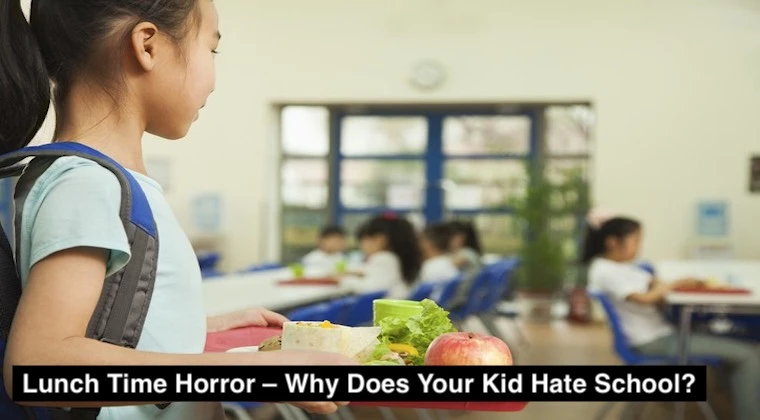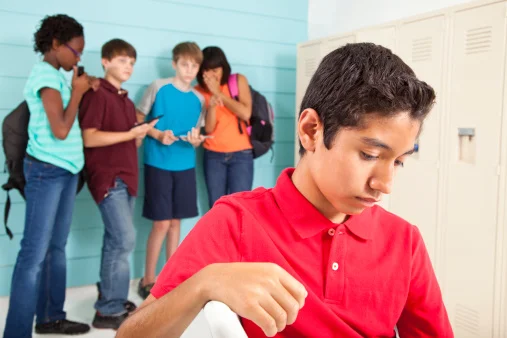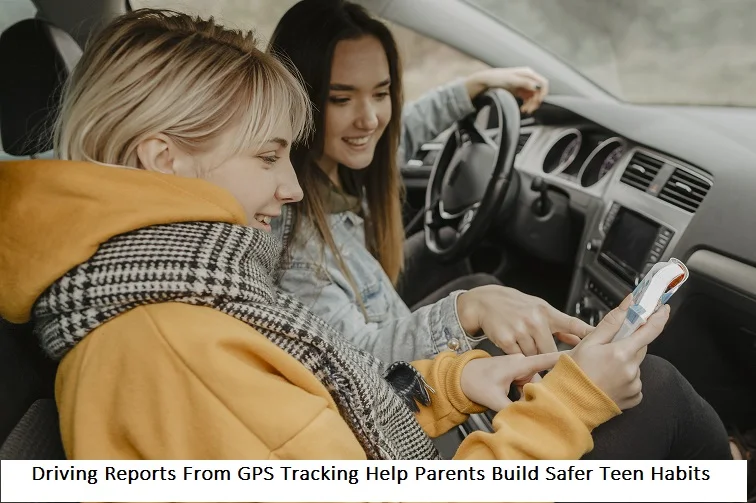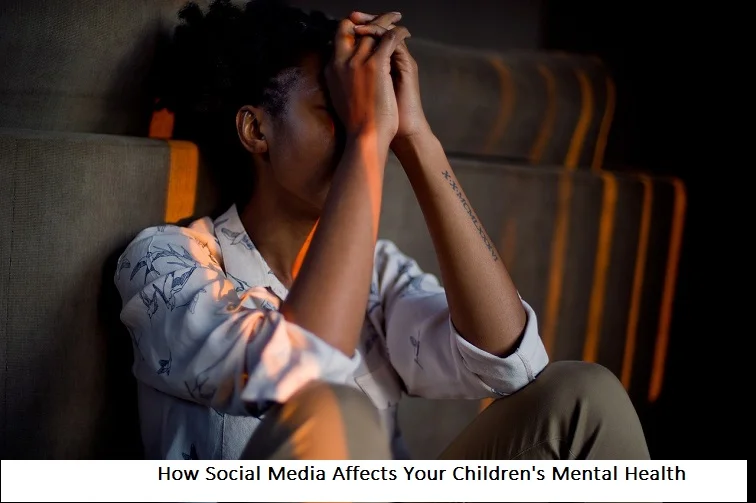+1 845 259 2974 (11 a.m to 7 p.m CST)
Lunch Time Horror – Why Does Your Kid Hate School?

Many kids look forward to school for its fun and learning. Yet not all share this excitement. For some, the idea of going to school brings worry, not joy. A major part of the struggle? Lunchtime. This should be a break for chatting and eating. But for some, it's a time of feeling alone, bullied, or left out. These lunchtime woes can turn school from a place of discovery to one of dread. Understanding why some kids find school tough, especially during lunch, is key.
It's not just about the food. It's about the social challenges they face. Let’s explore the root of this "Lunch Time Horror." We'll see how keeping an eye on our kids' school life, with the help of monitoring apps, might offer solutions. Let's dive into why some kids dread school and how we can help make it better.
The Lunch Time Struggle
Lunchtime, a break meant for rest and food, often turns into a challenging period for many kids. This part of the day brings its own set of struggles:
- Bullying: Kids might face teasing or mean comments about their food, clothes, or even who they sit with.
- Feeling Left Out: Not finding a group to sit with can make kids feel lonely and excluded.
- Peer Pressure: There's often a push to fit in, whether it's eating certain foods or acting in a certain way.
These problems can deeply impact how kids feel about school, such as:
- Dread of School: Continuous lunchtime struggles can make kids dread going to school. They start associating school with negative experiences.
- Impact on Learning: Worrying about lunchtime can distract kids from classes and affect their ability to concentrate.
- Loss of Interest: The joy of learning and school activities fades when a child feels unhappy or anxious at school.
Understanding the gravity of these lunchtime issues is crucial. They're not just small hurdles; they can shape a child's entire school experience. By recognizing and addressing these struggles, we can help children find joy in school again.
Beyond the Lunchroom
While lunchtime presents its own set of challenges, kids face other hurdles throughout the school day that can affect their happiness and well-being:
- Academic Pressure: The push to perform well in tests and homework can be overwhelming. This stress can lead to anxiety and a dislike of school.
- Social Issues: Making friends isn't always easy. Issues like fitting in, peer pressure, and navigating social circles can add to the stress.
- Lack of Support: Feeling unsupported by teachers or staff can make students feel isolated and misunderstood.
The Importance of Understanding
Recognizing these issues is key to addressing a child's unhappiness at school:
- Whole Picture: We need to see beyond the lunchroom to understand a child's school experience fully.
- Early Intervention: Understanding the full scope of problems allows for early help and support.
- Creating a Positive Environment: By acknowledging and tackling these wider issues, we can work towards making school a more welcoming and enjoyable place for every student.
Grasping the full range of school-related challenges is crucial. It helps us support our kids better and ensures they have a positive and enriching school experience.
The Role of Monitoring Apps
Monitoring apps are emerging as essential tools for parents, offering a way to keep tabs on their children's school life from a distance. These apps can track various activities, including phone use, to show who children are communicating with and the nature of these conversations. They also come equipped with location services, allowing parents to know where their children are during and after school hours. Additionally, some apps provide insights into children's social media habits, such as what they view and share online.
The information provided by these apps can be incredibly insightful. They offer a glimpse into any changes in behavior, such as a child withdrawing from friends or losing interest in school, which could indicate bullying or social challenges. These insights can also highlight concerns about a child's emotional well-being. Furthermore, knowing a child’s location and online activities can help parents ensure their safety, giving peace of mind. Monitoring apps serve as a bridge for parents to understand their children's school experiences better, emphasizing support and safety rather than intrusion.
How Monitoring Apps Can Help
Monitoring apps can be a game-changer for parents worried about their child's school life. By tracking interactions and activities, these apps can alert parents to potential issues, such as lunchtime struggles or broader school problems. For instance, a sudden change in who a child communicates with, or a drop-in social media activity could indicate they are feeling isolated or bullied. Recognizing these signs early can lead parents to start important conversations about their child's school experience and well-being.
Early detection and intervention are crucial. They can prevent temporary challenges from becoming long-term problems. With timely support and guidance, children can navigate school difficulties more effectively, reducing the risk of lasting emotional distress. Monitoring apps thus plays a critical role in fostering a supportive environment for children to discuss and overcome their school issues.
Choosing the Right App
When selecting a monitoring app, it's important to consider several factors to ensure it meets your needs while respecting your child's privacy. Look for apps with:
- Customizable Privacy Settings: Choose apps that allow you to adjust privacy settings, ensuring you monitor only what's necessary.
- Relevant Features: Consider what you need the app for—whether it's tracking location, monitoring social media, or checking communication.
- Ease of Use: The app should be easy for both parents and children to understand and use.
- Respect for Privacy: Ensure the app is designed with privacy in mind, safeguarding the data it collects.
It's essential to view these apps as tools to enhance communication with your child, not as means for spying. Discuss the use of the app with your child, explaining its purpose is to keep them safe and supported. This approach can help maintain trust and openness, encouraging your child to share their experiences and concerns openly.
The key lies in the delicate balance between oversight and trust, ensuring that our children feel supported rather than surveilled. Early detection of issues like bullying or social isolation paves the way for timely conversations and interventions, potentially redirecting a child's school experience from a path of dread to one of enjoyment and discovery.
Choosing the right monitoring app, one that aligns with both the family's values and the child's privacy, becomes a critical step in this process. It's about more than just monitoring; it's about understanding, communicating, and connecting. As we harness these technologies with care and respect, we open new avenues to support our children through the trials and triumphs of their school days, ensuring they have the resources and resilience to face challenges with confidence.























